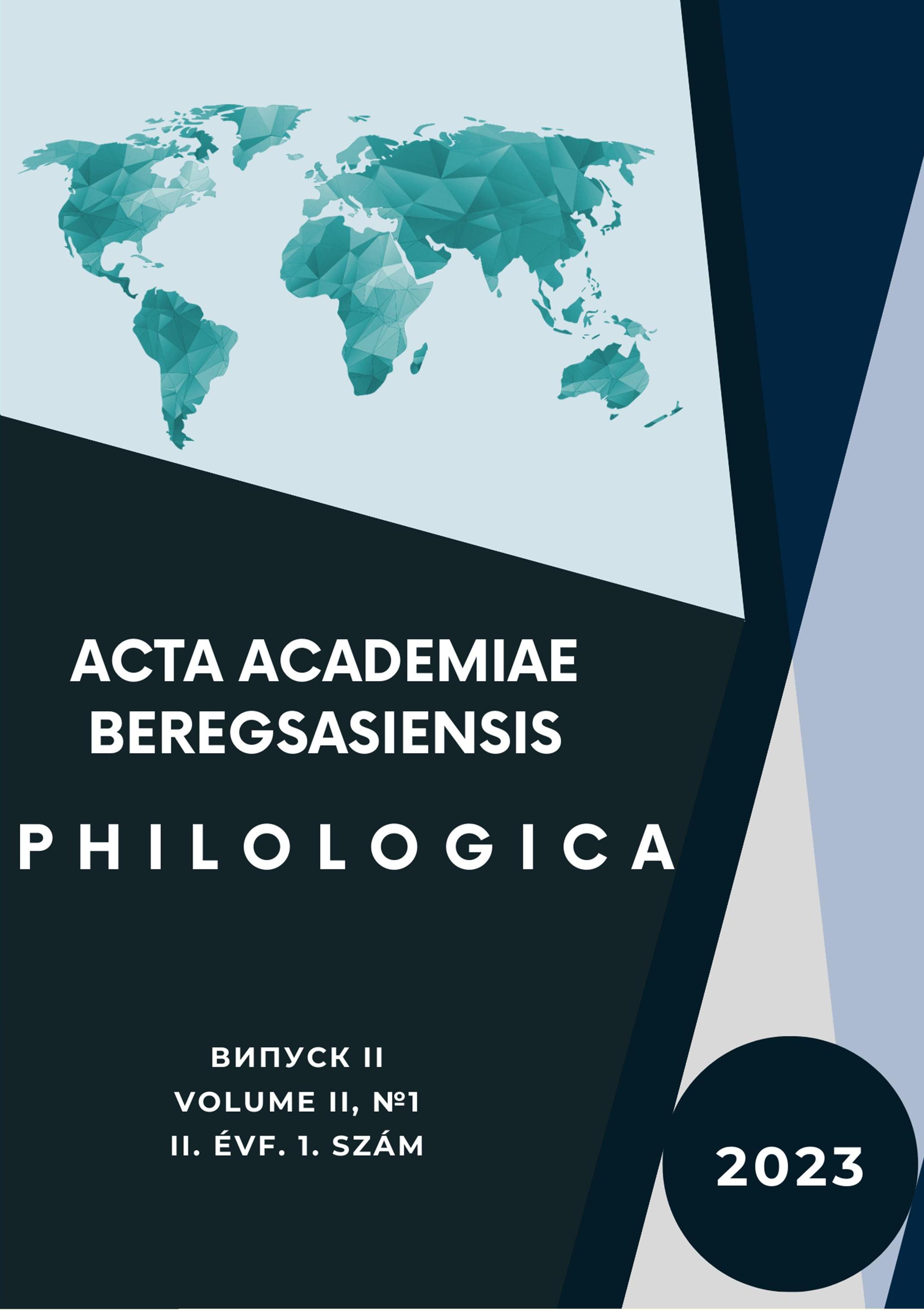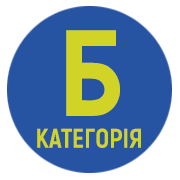Implementation and Impact of Language Policy: The Case of Kyrgyz Students
DOI:
https://doi.org/10.58423/2786-6726/2023-1-44-75Keywords:
Overt and covert language policies, impact of language policy on national identity, top-down and bottom-up aspects, lingustic behavior, macro and micro level policiesAbstract
Language policy is crucial to any society's cultural and political fabric, as it shapes how individuals and groups communicate, interact, and identify. Language policy has important implications for nation-building and the creation of national identity. Language policy can also significantly impact university students' sense of belonging. Overt and inclusive policies can provide opportunities for students to develop language skills and cultural competencies, enhancing their academic and professional opportunities. Covert and implicit policies can create barriers to interaction between different language groups, leading to social fragmentation, exclusion, and discrimination. Overt language policies are those that are openly acknowledged and implemented, while covert policies are those that are more subtle and may be hidden. Overt language policies that promote a single national language can unite diverse groups within a nation. However, these policies can also lead to the suppression of linguistic and cultural diversity within a nation, potentially undermining the cultural richness of that society. Covert language policies can also have significant impacts on identity and national unity. For example, language policies not openly acknowledged can lead to confusion or mistrust among different language groups. These policies can reinforce power imbalances between language groups, perpetuating existing inequalities.
Considering these concepts, this study aimed to answer the following questions:
- What LP has been implemented in Kyrgyzstan?
- How has LP affected university students? Information on the language policy implemented in Kyrgyzstan was necessary to answer the first question, which involved examining laws, banknotes, newspaper titles, and dissertation catalogs. It was necessary to gather data on how the language policy has affected the students to answer the second question. In addition, in-depth interviews with LP experts helped clarify both questions.
The collected information was analyzed using textual analysis and statistical methods. Data analysis showed that different models of language policy were implemented in Kyrgyzstan, including multilingualism, bilingualism, and monolingualism. Overt, covert, and vague LP were used to promote these models. These models and methods have formed segregated communities, language discrimination, and different linguistic identities within the same ethnic groups.
References
Abdirazakova, G. (2014). Kyrgyzstan: Gender Analysis for GIZ Programme Mineral Resources for Development. https://gender-works.giz.de
Agadjanian, V., & Nedoluzhko, L. (2022). Imperial Legacies, Nation Building, and Geopolitics: Ethno-Regional Divides and the Russian Language in Central Asia. Ethnic and Racial Studies, 45(10), 1846-1872.
Akiyama, T. (2015). Why Was Russian Direct Rule over Kyrgyz Nomads Dependent on Tribal Chieftains “Manap s”? Cahiers Du Monde Russe, 625-649.
Barshai, A. (2021). Jews to Kyrgyzstan: From A to Z [Евреи Кыргызстану: От А до Я]. New Literature of Kyrgyzstan.
Bekmurzaev, N. (2020). Language Policies of the Central Asian States. IWPR.
Brody, A. (2019). Kyrgyz Republic Country Gender Assessment. Manila, Philippines: Asian Development Bank.
Chen, S. (1999). Research Methods in Language and Education. In N. Hornberger, D. Corson, & P. Corson (Eds.), Encyclopedia of Language and Education (Vol. 8). Springer Science & Business Media.
Civico, M. (2021). Language Policy and Planning: A Discussion on the Complexity of Language Matters and the Role of Computational Methods. SN Social Sciences(1), 22 pages.
Csernicskó, I., & Beregszászi, A. (2019). Different states, same practices: visual construction of language policy on banknotes in the territory of present-day Transcarpathia. Language Policy 18/2: 269–293. https://doi.org/10.1007/s10993-018-9485-3
Csernicskó, I., & Fedinec, C. (2016). Four Language Laws of Ukraine. international journal on minority and group rights, 560-582.
Darden, A. (2013). Resisting Occupation. Mass Schooling and the Creation of Durable National Loyalties. Cambridge University Press.
Das, A. (2011). Soviet Language Policy vis-à-vis Minority Languages: The Road to Disintegration. Indian Journal of Applied Linguistics, 37(2), 35-55.
Ehlert, M. (2008). Multilingualism and Language Practice of Minority Language Background Youths: A Case Study of the Ethnic Korean Youths in China. Canada: Simon Fraser University.
Garrett, P. (2010). Attitudes to Language. Cambridge University Press.
Grin, F. (1992). Towards a Threshold Theory of Minority Language Survival. Kyklos, 45(1), 69-97.
Grosjean, F. (1984). Life with Two Languages: An Introduction to Bilingualism. Harvard.
Horn, E. (2008). Multiple Regression: Options for dealing with outliers. https://oak.ucc.nau.edu/rh232/courses/EPS625/Handouts/Regression/Multiple Regression - Handout.pdf
Horner, K., & Weber, J. (2015). Multilingual Education and the Politics of Language in Luxembourg. In Past, Present and Future of a Language Border: Germanic-Romance Encounters in the Low Countries (pp. 233-254). De Gruyter Mouton.
Hult, F., & Johnson, D. (2015). Introduction: The Practice of Language Policy Research. In F. Hult, & D. Johnson (Eds.), Research Methods in Language Policy and Planning: A Practical Guide. Blackwell.
Huskey, E. (1995). The politics of language in Kyrgyzstan. Nationalities Papers, 23(3), 549-572.
Ingram, E. (1980). Great Britain's Great Game: An Introduction. The International History Review, 2(2), 160-171.
Ishemkulov, T. (2021, 9 26). "We tried to please Moscow". (B. Orunbekov, Interviewer) Radio Azattyk.
Jantzen, G. (2009). In the Remote Turkestan [В далеком Туркестане]. Bielefeld, Germany.
Johansson, L. (2010). Turkic Language Contacts. In The Handbook of Language Contact. Blackwell.
Johnson, D. (2013). Language Policy. New York: Palgrave McMillan.
Kokaisl, P. (2013). Do The Kyrgyz in Kyrgyzstan and abroad share the same culture? [Кыргызы в Кыргызстане и за рубежом - одна культура одного народа?]. Journal of the University of Poznań, 1-37.
Korth, B. (2005). Language Attitudes towards Kyrgyz and Russian: Discourse, Education and Policy in Post-Soviet Kyrgyzstan. Peter Lang.
Kroskrity, P. (2010). Regimes of Language: Ideologies, Polities, and Identities. Oxford: James Currey.
Kwak, S., & Kim, J. (2017). Central Limit Theorem: The Cornerstone of Modern Statistics. Korean Journal of Anesthesiology, 144-156.
LaDousa, C., Davis, C., & Choksi, N. (2022). Postcolonial Language Ideologies: Indian Students Reflect on Mother Tongue and English. Journal of Linguistic Anthropology.
Landau, J., & Keller-Heinkelle, B. (2012). Language Politics in Contemporary Central Asia: National and Ethnic Identity and the Soviet Legacy. London and New York: I.B. Tauris.
Levine, S. (1995, August 31). Bishkek Journal After Karl Marx a 1000-Year-Old Superman. New York Times.
Lin, A. (2015). Researcher Positionality. In F. Hult, & D. Johnson (Eds.), Research Methods in Language Policy and Planning: A Practical Guide (pp. 21-31). Blackwell.
Mambetaliev, A. (2013). Footprints of Christ on the Silk Road. Bishkek: Janyzak Print.
Mambetaliev, A. (2018). Saint Jesus on the Silk Road [Азрети Исанын Жибек жолундагы изи]. Bishkek: Kirland Publishing House.
Mambetaliev, A. (2019). Barriers to and Strategies for Sustainable Relationships on Multilingual Campuses. Sustainable Multilingualism, 14(1), 196-206.
Mambetaliev, A. (2021). A Reflection on the Language and Culture on the Margins. International Journal of Applied Linguistics, 158-168.
Mambetaliev, A. (2023). Language Policies, Attitudes, and Beliefs in Kyrgyzstan. Veszprém: University of Pannonia.
Martínez-Rivas, I., & Lasagabaster, D. (2022). An Analysis of Primary and Secondary Education Students' Attitudes towards English and Galician. In E. Charamba (Ed.), Handbook of Research on Teaching in Multicultural and Multilingual Contexts (p. 19). University of the Witwatersrand, South Africa.
McDermott, A. (2017). The Linguistic Landscape of Post-Soviet Bishkek. University of North Carolina.
McFadden, D. (1979). Quantitative Methods for Analyzing Travel Behavior on Individuals: Some Recent Developments. In D. Hensher, & P. Peter Stopher (Eds.), Behavioral Travel Modelling (p. 872 pages). Routledge.
Ministry of Culture. (2020, November 13). Kyrgyz Jarany [Кыргыз жараны]. https://minculture.gov.kg
Ministry of Labor. (2022, July 22). Ethnic Kyrgyz are in the focus of the government. https://mlsp.gov.kg
Nahir, M. (1998). Micro Language Planning and the Revival of Hebrew: A Schematic Framework. Language in Society, 27, 335-357.
Ornstein, J. (1959). Soviet Language Policy: Theory and Practice. The Slavic and East European Journal, 3(1), 1-24.
Paksoy, H. (1991). "Basmachi": Turkistan National Liberation movement 1916-1930s. Modern Encyclopedia of religions in Russia and Soviet Union, 4, 5-20.
Rice, J. (1995). Mathematical Statistics and Data Analysis (2 ed.). Belmont, USA: Wadsworth Publishers.
Ricento, T. (2000). Introduction. In T. Ricento (Ed.), Ideology, Politics and Language Policies: Focus on English. John Benjamins.
Savva, M., & Nygaard, L. (2021). The ‘Peripheral’ Student in Academia: An Analysis. In M. Savva, & L. Nygaard (Eds.), Becoming a Scholar Cross-Cultural Reflections on Identity and Agency in an Education Doctorate (pp. 154-171). UK: UCL Press.
Schiffman, H. (1996). Linguistic Culture and Language Policy. London: Routledge.
Schiffman, H. (2002). Language Policy in the Former Soviet Union. University of Pennsylvania.
Schiffman, H. (n.d.). Language Policy Theory: Types of Linguistic Minority Rights. https://www.sas.upenn.edu/~haroldfs/540/theory/lgpolthr.html
Siebetcheu, R. (2022). Language Attitudes of Cameroonian Immigrants Towards Italian Dialects. In F. Goglia, & M. Wolny (Eds.), Italo-Romance Dialects in the Linguistic Repertoires of Immigrants in Italy. Palgrave Studies in Minority Languages and Communities (pp. 147-167). Palgrave Macmillan, Cham.
Sinor, D. (2021, October 14). Kyrgyzstan. https://britannica.com/place/Kyrgyzstan
Smagulova, J. (2008). Language Policies of Kazakhization and Their Influence on Language Attitudes. The International Journal of Bilingual Education and Bilingualism, 11(3-4), 440-475. http://dx.doi.org/10.1080/13670050802148798
Spolsky, B. (2004). Language Policy. Key Terms in Sociolinguistics. Cambridge: Cambridge University Press.
Spolsky, B. (2019). A Modified and Enriched Theory of Language Policy (and Management). Language Policy, 18, 323-338.
Starkweather, J., & Moske, A. (2011, August 1). Multinomial Logistic Regression. https://it.unt.edu/sites/default/files/mlr_jds_aug2011.pdf
Stavans, A., & Jessner-Schmid, U. (2022). Multilingualism is not Bilingualism + 1: An Introduction. In A. Stavans, & U. Jessner-Schmid (Eds.), The Cambridge Handbook of Childhood Multilingualism. Cambridge University Press.
Tarbox, L. (2016). Language and Foreign Policy: The Kyrgyz Experience. University of South Carolina.
Tollefson, J. (1991). Planning Language, Planning Inequality: Language Policy in the Community. New York: Longman.
Tsung, L. (2014). Language Power and Hierarchy. Multilingual Education in China. Bloomsbury Academic.
Tulum, A., & Zubalov, D. (2022). Impact of Language Ideologies on Language Practices in Pridnestrovie. Journal of Siberian Federal University. Humanities & Social Sciences, 15(11), 1552-1572.
UCLA. (2022). Introduction to SAS. UCLA: Statistical Consulting Group. https://stats.oarc.ucla.edu/sas/modules/introduction-to-the-features-of-sas/
Vasi Múzeumi Arcképcsarnok. (2022). http://muzeumbarat.hu/eletr.php?elod_id=26










